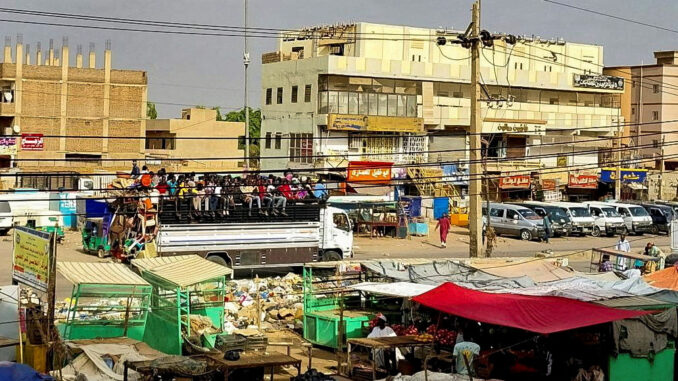
Sudan’s inflation rate saw a slight decline in February 2025, dropping by just under 3% to 142.34%, down from 145.14% in January, according to the Central Bureau of Statistics.
This marks a continuation of the downward trend in inflation observed in recent months. January’s inflation had already decreased significantly from December’s rate of 187.83%, following even steeper declines in the preceding months, from 198.22% in November and 211.48% in October.
The statistics revealed that urban inflation in February stood at 123.32%, a slight reduction from 124.26% in January, while rural inflation decreased to 155.84%, down from 159.66% in the previous month. These figures are based on the prices of 663 goods, which are used to track the consumption patterns across various social, economic, and geographic groups in both rural and urban areas. The primary drivers of inflation remain food and beverages, alongside housing, fuel, and other essential goods.
The report also highlighted regional disparities in inflation, with the highest inflation recorded in River Nile State at 321.36%, followed by Gedaref and Sennar. Conversely, Red Sea State experienced the lowest inflation rate at 44.48%. The ongoing conflict in Sudan continues to exacerbate economic hardship, with many citizens struggling to afford basic goods. Approximately 30.4 million people, or 64% of the population, are currently in need of humanitarian assistance due to the ongoing crisis.
